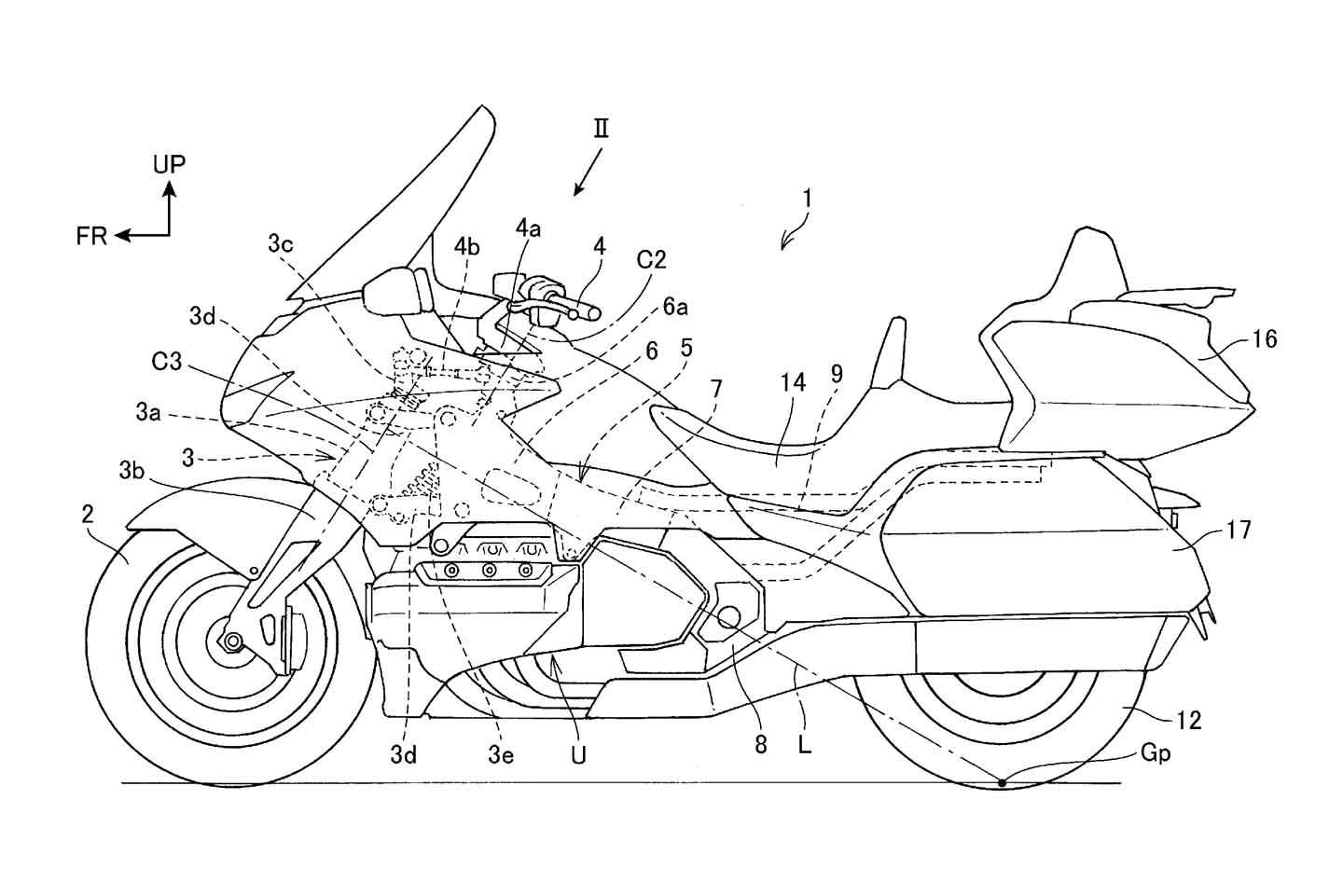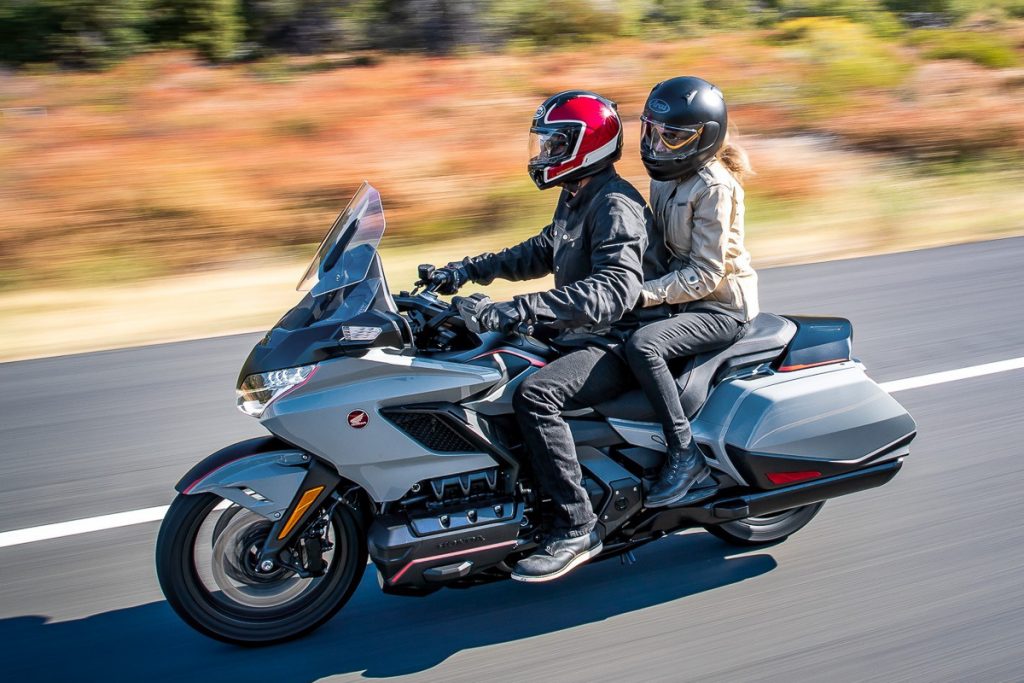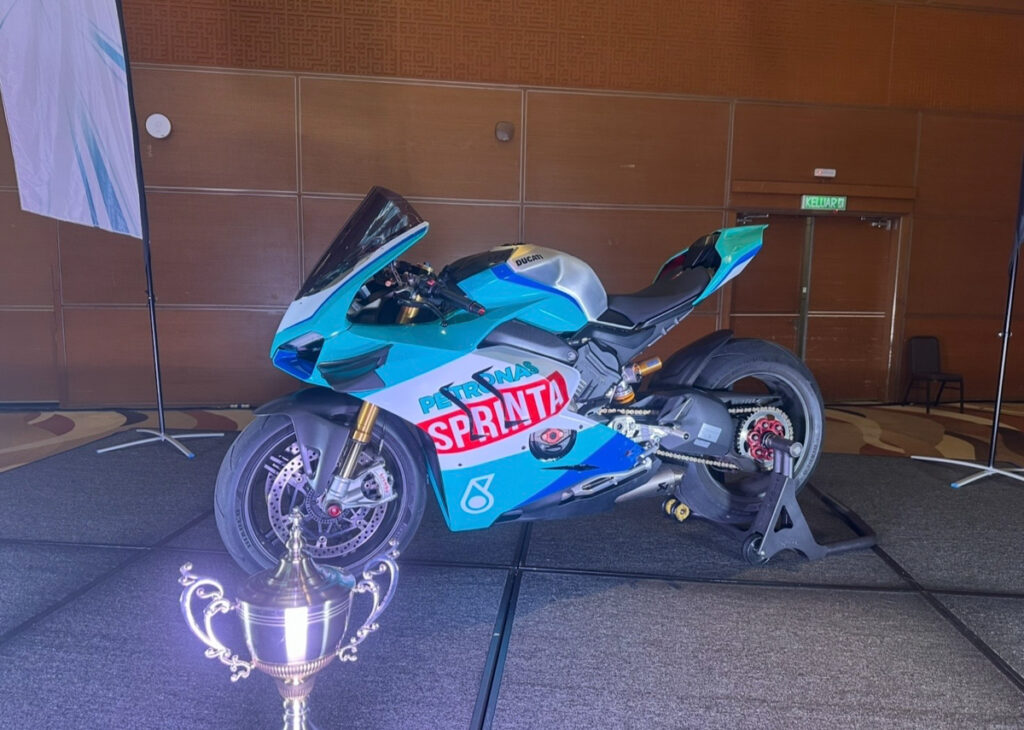Honda has filed a patent for a new self-balancing system that will be used in the next-generation Gold Wing and other models. The system is not as advanced as the Riding Assist concepts but still uses the same technology to make it easier to push the bike around.
- the system will allow big bikes especially the Gold Wing to be push around easily.
- The DCT version of the Gold Wing already has a “walking speed mode,” and adding a steering assist to this mode will make it easier to prevent low-speed toppling.
The main component is a steering actuator that will keep the bike tilted toward the rider and prevent it from getting out of control.
The system is designed to reduce the weight that the rider has to hold up while pushing the bike. The steering actuator is connected to a computer that takes signals from an onboard tilt sensor. If the bike leans too much toward the pusher, it will steer closer to them, making itself more upright to reduce the weight they’re holding up. If the bike gets completely vertical, the steering will turn the other way to prevent it from falling away from the pusher.

The DCT version of the Gold Wing already has a “walking speed mode” that allows it to move forward or backward at low speeds under its own power. Adding a steering assist to this mode will make it easier to prevent low-speed toppling. The existing sensors and computers used for traction control and ABS systems can already monitor the bike’s lean angle, so adding the steering servo to the system would be easy to adopt.
Honda has filed many patents for a next-generation Gold Wing, which is at the center of a large R&D project. It’s not clear when we’ll see the results, but Honda will want to establish itself as a tech pioneer sooner rather than later since rival brands are already offering rider-assist technology that Honda doesn’t have yet.

















